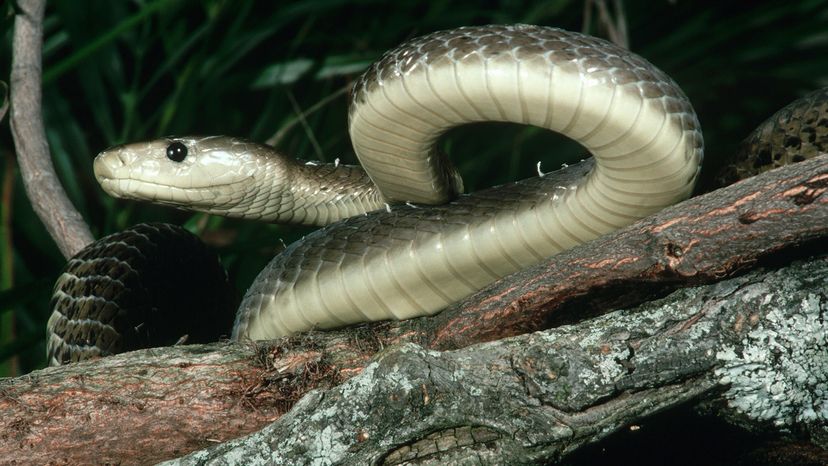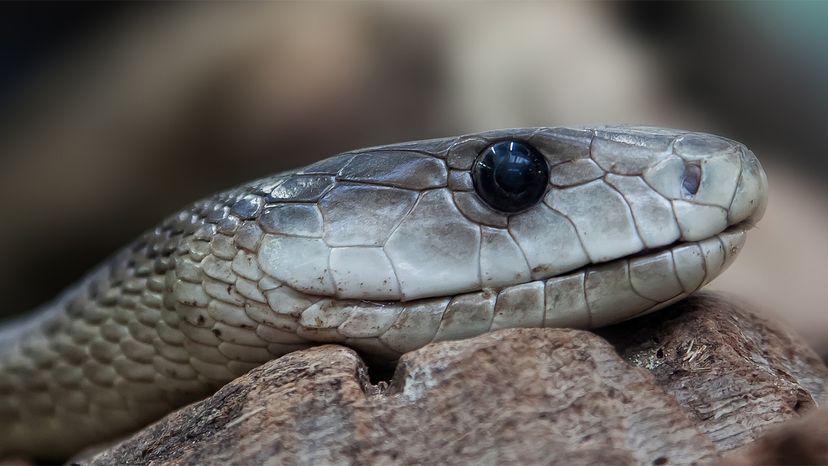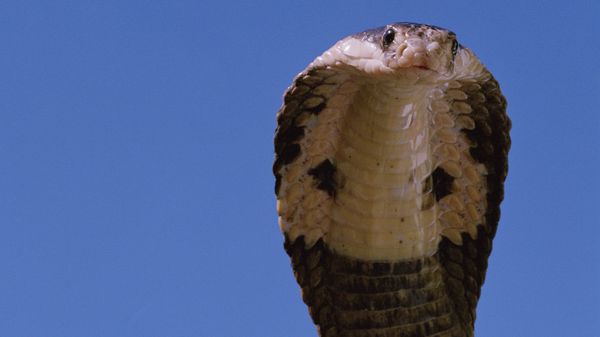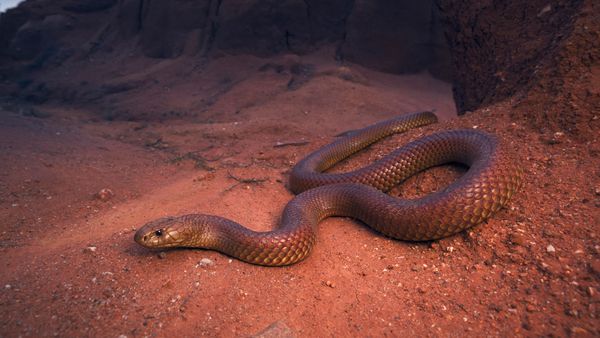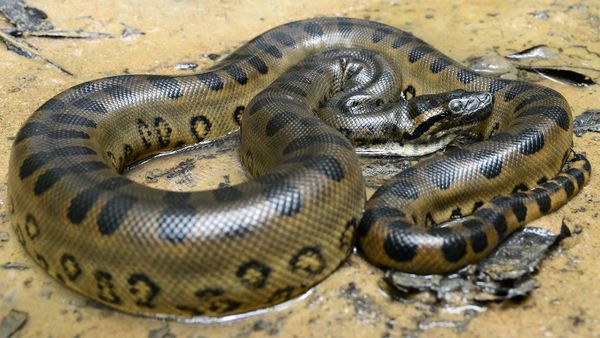Legendary Sizes
The fearsome mamba is shrouded in myths and legends; among the most common is the exaggeration of its size. While the black mamba is one of the longest venomous snakes in Africa, capable of reaching up to 13 feet (4 meters), folklore often portrays it as having almost mythical proportions, far beyond its actual size.
High-speed Chases
Another aspect surrounded by myth is its remarkable speed. The African snake can move up to 12.5 miles per hour (20 kilometers per hour), but its speed is typically used for escape rather than aggressive pursuits, contrary to some sensationalized stories.
Tail Leaps
A peculiar and lesser-known myth about the black mamba of Southern Africa involves its tail. It’s rumored that the snake can loop its tail to spring at threats or prey.
In reality, while the black mamba can be defensive when threatened, there is no evidence supporting this behavior of using its tail in an extraordinary way.
Kiss of Death
There's a little more truth to this one. While the mamba is not harmless to humans, it will typically only attack when cornered or threatened. Maintaining a safe distance from these creatures' habitats is essential. Its venomous bite is so deadly that it's earned its own ferocious nickname.
That said, the term "kiss of death" is a dramatic and somewhat sensationalized nickname. While its venom is a cocktail of potent neurotoxins, what makes the black mamba's bite so feared is the rapid onset of paralysis, respiratory failure and, ultimately, cardiovascular collapse.
Victims of a black mamba bite might experience blurred vision, difficulty breathing and a sense of impending doom as the venom courses through their veins. However, the "kiss of death" is not a guaranteed fate for those bitten.
The grim prognosis can be averted with prompt medical treatment and the administration of the correct antivenom. In fact, in regions where the black mamba is prevalent, the availability of antivenom has significantly reduced fatalities.
